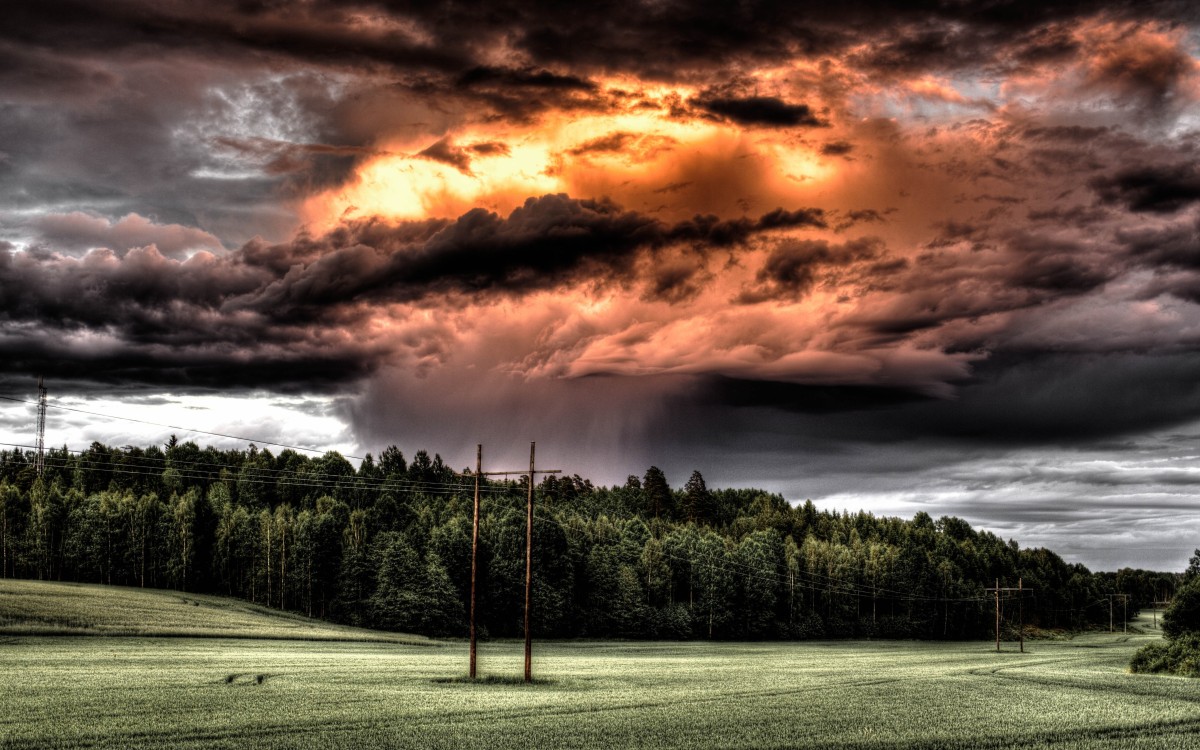Economic effects of adapting critical infrastructure

"The aim of this case study is to analyze the economic impacts of climate change and adaptation on particular critical infrastructures.
Case content
Infrastructures play an important role in daily life: the road network is used for transportation of persons and goods, the electricity grid provides power to households and industry, the water supply is pipeline based, the rail network handles different commuter flows, hospitals receive patients, to name only a few. These infrastructures are affected to different degrees by climate change. Adaptation measures can reduce the damages and effects. These effects on infrastructure go together with a changing society (e.g. aging society, commuter movements are changing, higher employment in services sectors).
The environmental-economic Model PANTA RHEI will be further developed to simulate the damages to infrastructure and the economic effects thereof. Further, adaptation strategies will be defined and simulated with the modeling framework. The analysis of the results takes into account different SSP scenarios to consider the climatic effects on infrastructure and their impacts on a changing society."
Research Innovations
"Improved understanding of infrastructure effects from climate change. Improved assessment of economic and environmental consequences. Considering the effects of climate change (and adaptation) on infrastructure against the background of a changing society"
Study areas
Environmental and economic effects of repeated periods of low water, storms, heavy rains and heat waves on infrastructure
Stakeholders involved
"This demonstrative assessment exercise could also be carried out as stand-alone desk research. But we invite all other project partners and stakeholders addressed by them to cooperate. For example, one obvious option in this respect is given by case study 2b, which is in contact with the Mannheim Port authority."
Summary data collection
"Main working tools is the in-house designed macroeconometric simulation model PANTA RHEI. This model is generally characterised by its comprehensive empirical foundation (historical time series observations from well established statistical reporting frameworks like National Accounts, Input-Output Tables, Energy Balances, ...).
For the simulation studies, the model database has to be supplemented by case specific input data. SPP datasets can be freely accessed on servers of the International Institute for Applied Systems Analysis (IIASA). Official statistics, meteorological data (DWD),Past damages from different sources. Official statistics, databases from insurances, data from the respective authorities such as the agency for railways, the environment agency etc. will be sources. Other data sources are news, commentaries, blogs, internet sources. Data on past extreme weather events come from the German Meteorological Service."
Expected results
Methodological improvements: improved Impact Chain Analysis, combination of status quo risk analysis with SSPs and ex ante simulation.
Case study responsible
Gesellschaft für Wirtschaftliche Strukturforschung (GWS)
